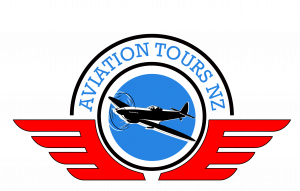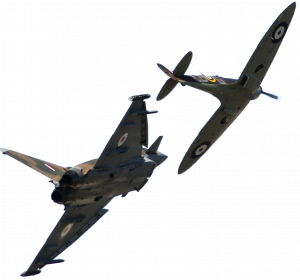This year was our first tour to the Warbirds Downunder airshow in Temora, New South Wales. It's the largest gathering of Warbirds in Australia and after a 6 year hiatus, it returned with an audience of 13,000 and impressive line up including - Lockheed Hudson, Two Spitfires, DH-82A Tiger Moths, English Electric Canberra, Ryan STM, Ryan PT22, Harvards, Kittyhawks, Warhawk, Mustangs, CT-4s, Winjeels, BT13 trainer, Beech 18, Corsair, Avenger, Beaver, Cessna 0-1 Birddog, UH-1 helicopter, Caribou, T-28 Trojan and Current serving RAAF Roulettes, C130 Hercules and F35A jet.
Topics
Related Posts
16th October 2024
We arrived into Sydney and made our way South to Albion Park, home of the HARS Aviation Museum. We had a warm welcome from the team including our friend Tom and were guided through the outdoor exhibits, notably the 747 “City of Canberra” and the Connie. All visits are expertly guided and very personal. We were distracted a little by the Caribou taxiing round to park up in front of us but carried on into the hangar to hear about their current and future projects, and view the extensive collection. It’s amazing that so much of what they have here is, or will be, airworthy. The Southern Cross replica has the largest one piece wing ever made in Australia.
Albion Park/Shellharbour Airport are host to the biennial airshow that was known as Wings over Illawarra until recent changes saw it become Airshows Downunder Shellharbour – next show 2026. In the evening we were joined for our welcome dinner by another regular guest and friend, Dave.

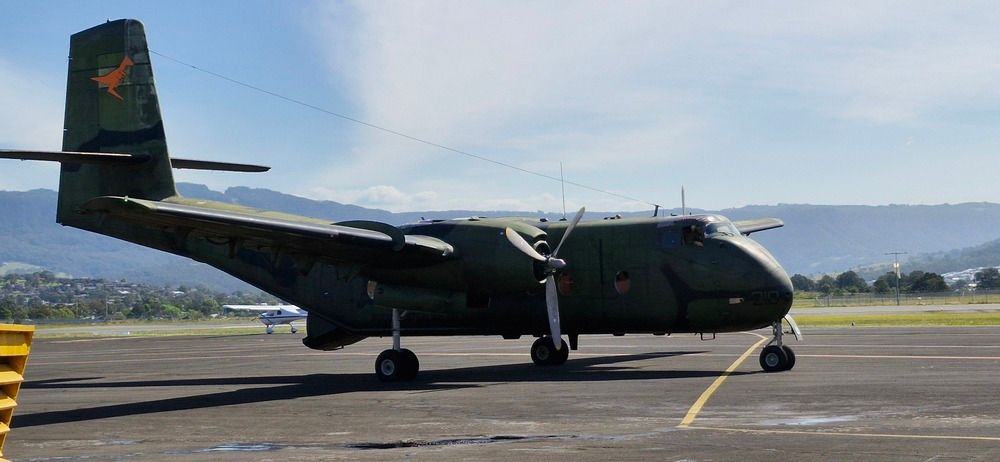

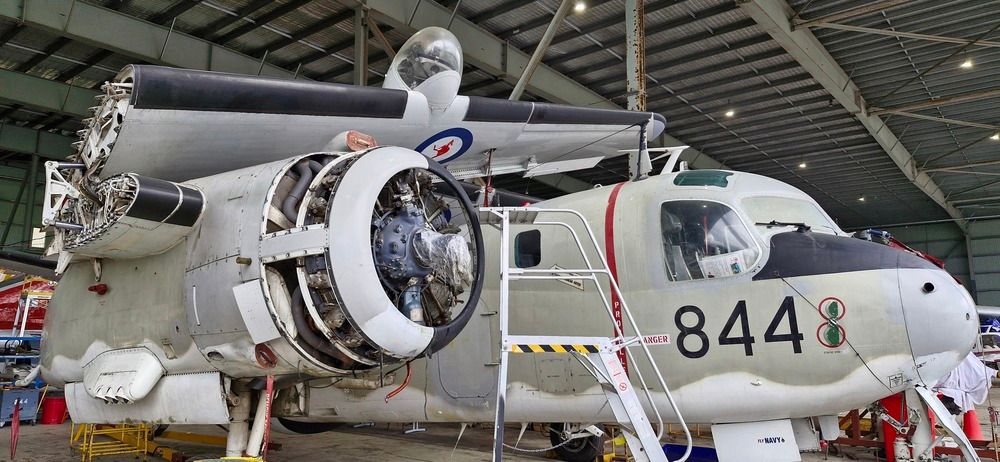
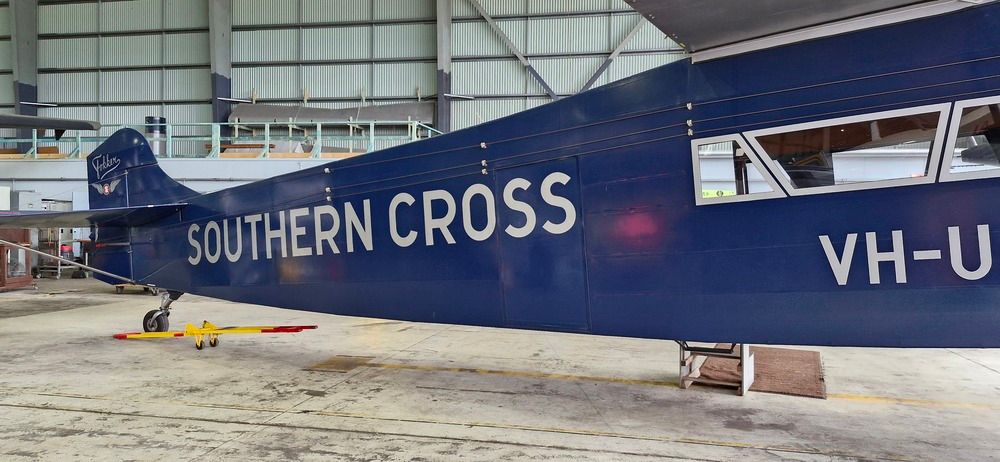
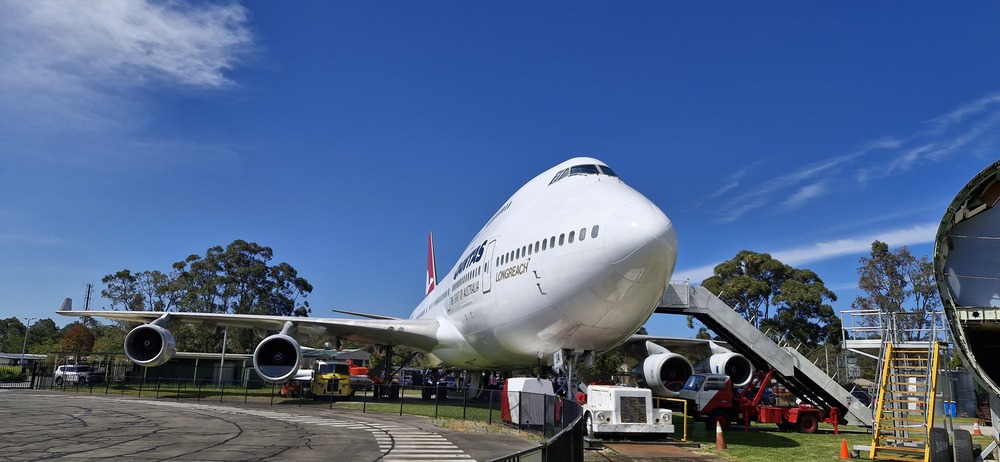
The following morning, after a quick revisit to HARS to make sure we had seen everything, we headed across towards Wagga Wagga which would be our base for the airshow weekend. We stopped in Goulburn at the Rail Heritage Centre which has been there since 1918. The Roundhouse narrowly missed being demolished in 1986, but the locals formed a committee, and had it declared “a building of heritage value” and thankfully it was saved. As well as the engines on display there is the Wellington Shed filled with equipment including unique items such as the wheel lathe, many of which are still in use. We were lucky that the Argyle Model Railway Club were open, so we had a look at their impressive set up. We finished the visit with a ride on the 100-year-old turntable and had lunch in this really lovely historic town.
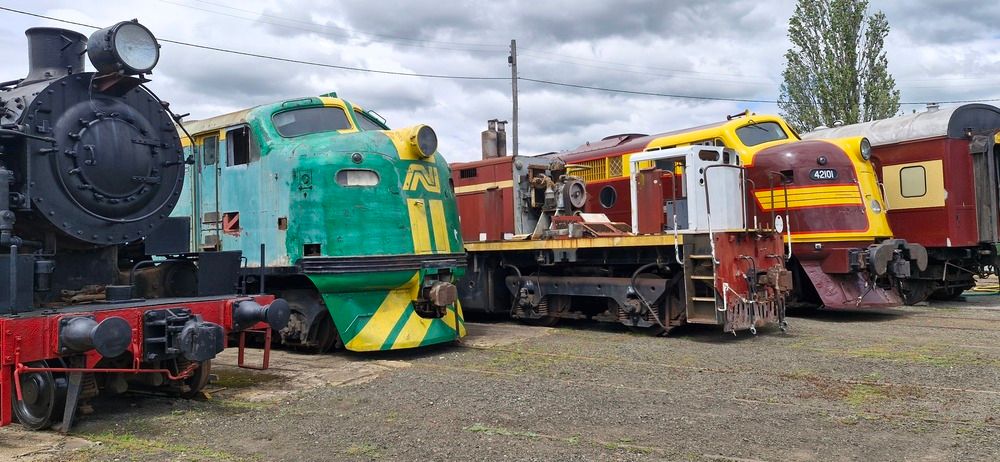

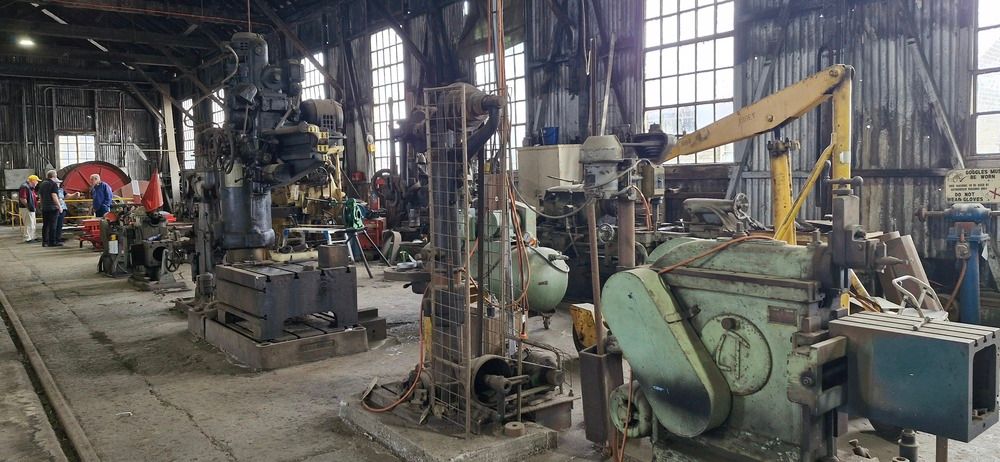
The final stretch to Wagga Wagga was rather dramatic as we drove through heavy rain and a thunderstorm.
The Saturday morning drive to Temora took us through the Canola Trail area. It was a very damp and chilly start to the first of our airshow days with a promise of brighter weather in the afternoon. In fact by mid morning when flying started it was gorgeous. There was a great line up of warbirds and we were treated to impressive displays, amazing commentary and delicious hospitality in the Hardings Country Club. The show included some unique flying including the only flying Hudson in the world and for us, a first time watching a Tiger moth cutting toilet roll in the air! The program included – formations of V12s, Chipmunks, Wirraways, Trainers - Tiger Moths, Winjeel, CT4 & Ryan, RAAF Roulettes, Southern Knights, Vietnam era, Beech/Texans, Pacific era, also the C-130J, Canberra, a V12 Mass Formation and the F35 to finish. On the ground amongst the static displays were the Paul Bennet Airshows team, the slightly unnerving robodog and various trade stalls in the main hangar.
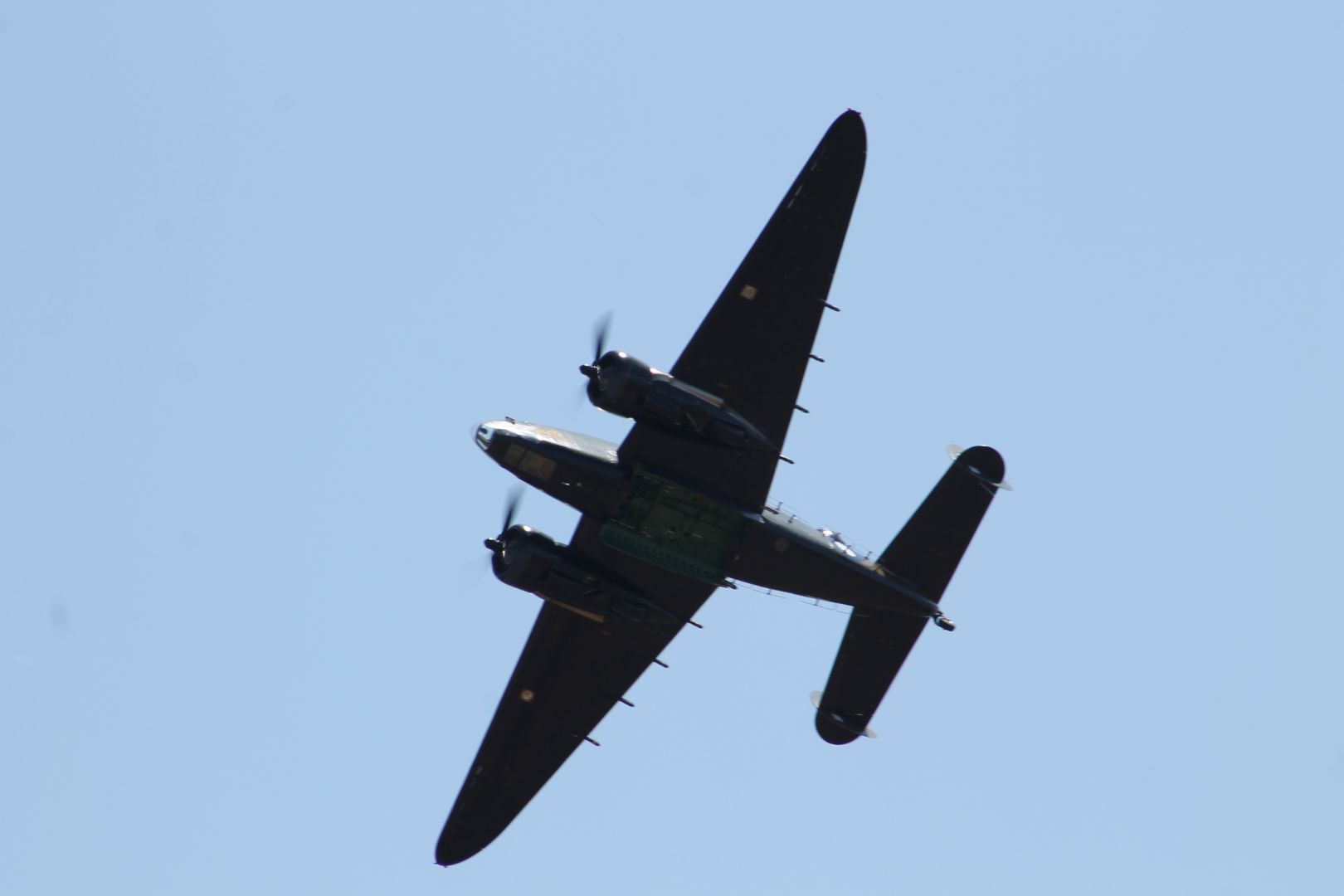

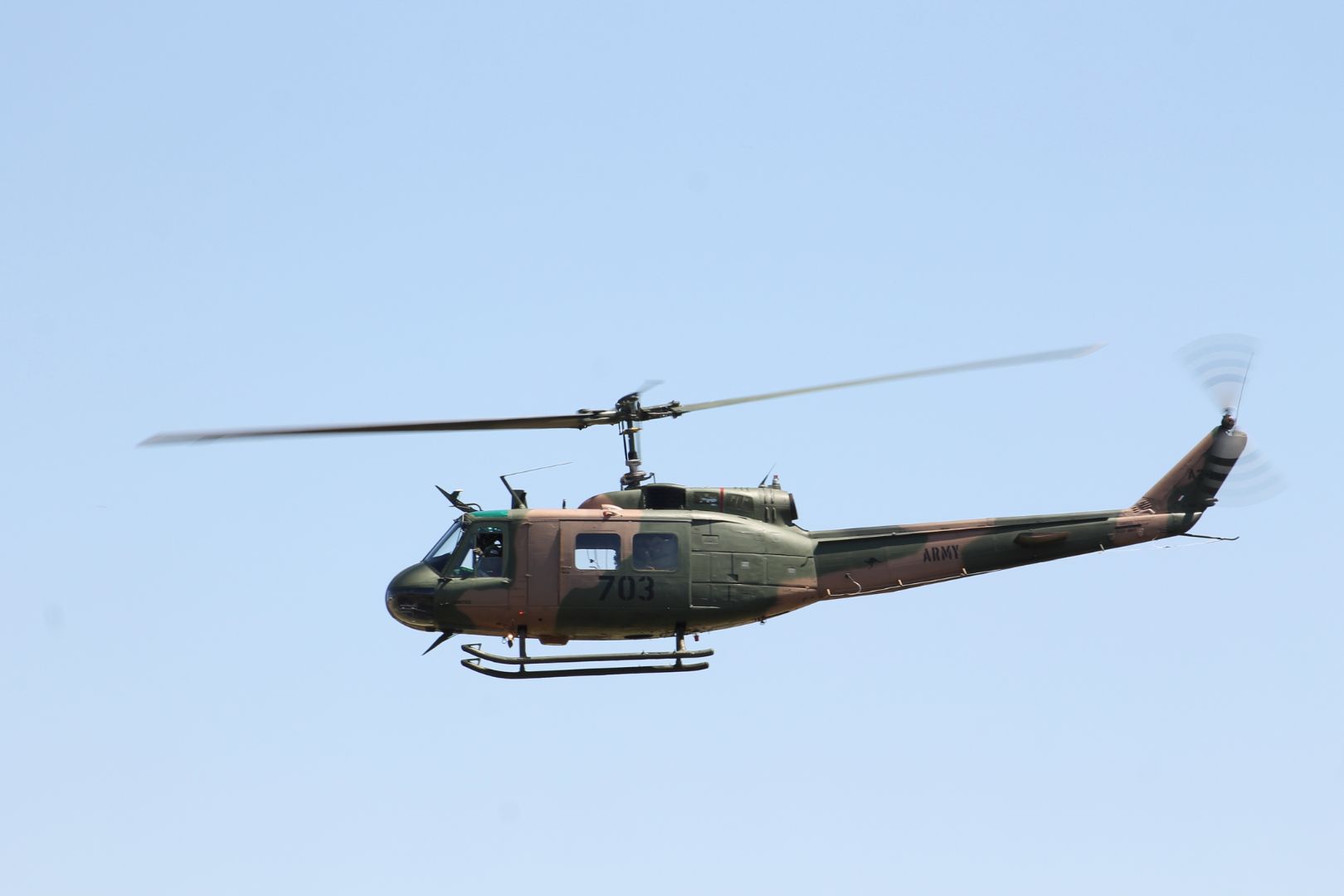


On the Sunday a few stayed in Wagga to rest and explore the town, the majority enjoyed another slightly hotter day at the show.


Monday morning we visited RAAF Wagga Aviation Heritage Centre and were given a guided tour of the airbase which provides technical training for Airforce, Army and Navy recruits. The town has been an important military location since WW2 when up to 8000 troops were in training here. We were shown through a couple of hangars, one storage facility with future projects and the restoration inventory, and the original WW2 hangar which is now used as the graduation hall. The original 1940s parquet floor in the hall is just beautiful. We spent some time in the memorial garden, outside display area learning about the local airfields and in the Heritage Centre reading the local stories. Many thanks to our great guides here too for sharing their stories.

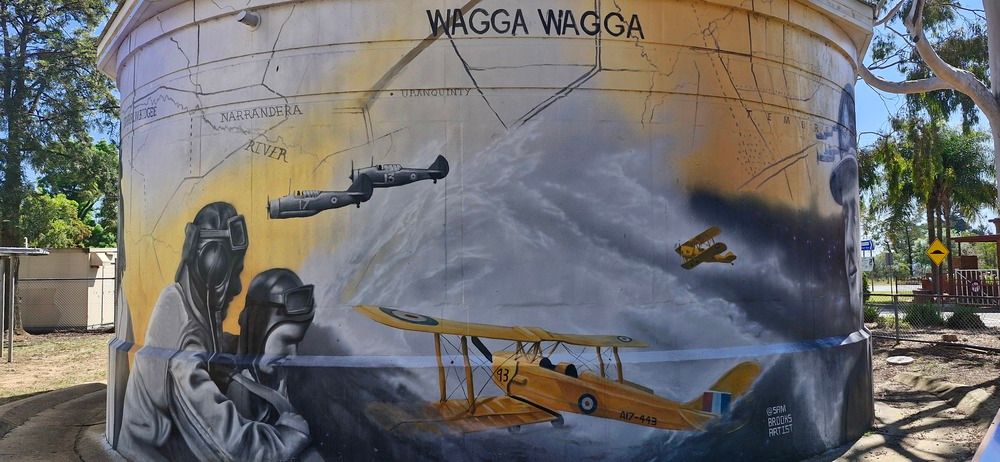

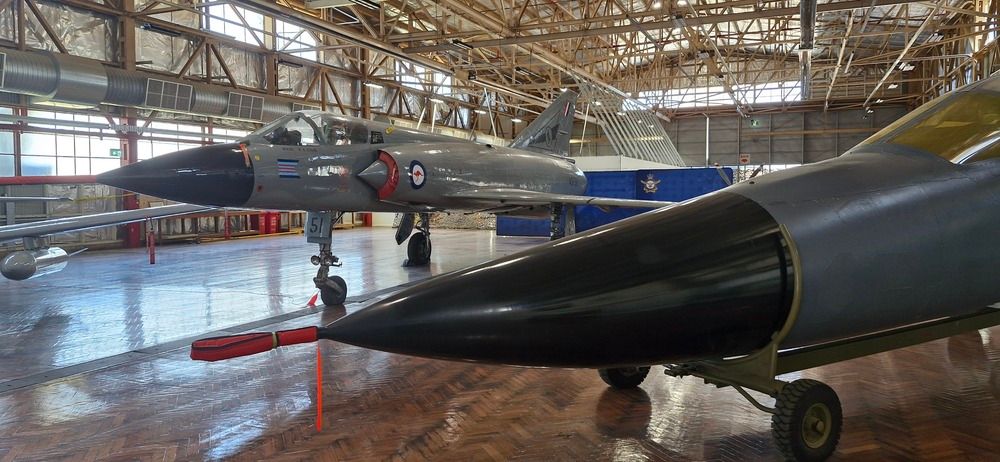
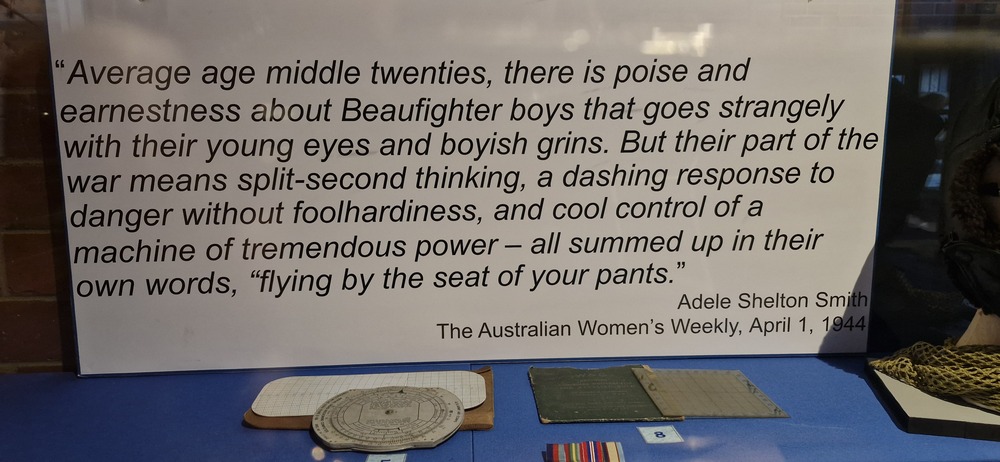
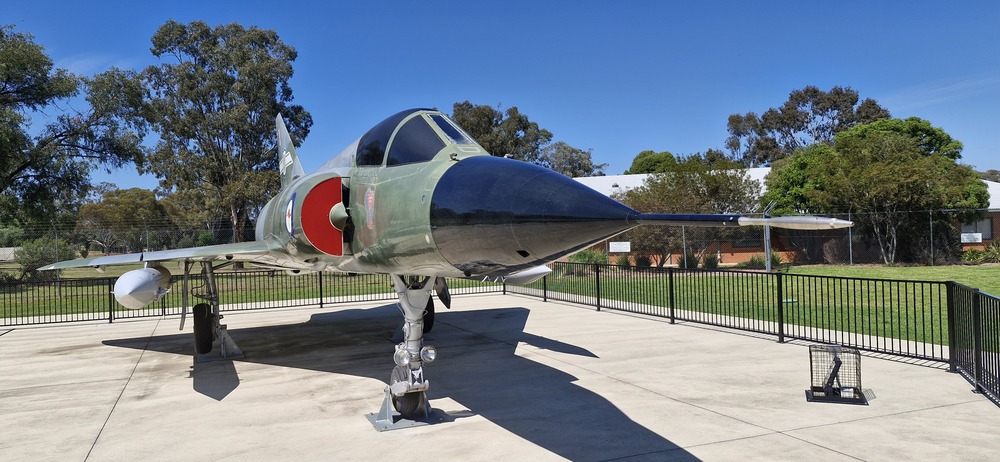
We arrived in Canberra late afternoon and attended the very moving Last Post Ceremony at the War Memorial. As always, a sombre reminder of the atrocities of war but it is good to know that not one loss of life will ever be forgotten. Each evening one person’s story is told and they are remembered.
King Charles had been there earlier in the day but sadly didn’t wait for us. The lady next to us had waited hours to see him and did get a handshake so was very happy.
The following morning we returned for a full visit to the memorial. Displays here are comprehensive, we were particularly impressed by the large dioramas.
There is a huge extension in progress at the memorial and the plans are shared via an interactive film show. The aircraft hall still had a few exhibits and it was interesting to hear that the Lancaster will be on display once works are complete - probably still a few years off though.
The lions at the entrance were gifted by the town of Ypres in Belgium where they had stood on either side of the Menin Gate. They commemorate the service of the Australian soldiers who helped defend Ypres in 1917. Outside, a plaque and statue of nurse Irene Drummond, remembers the 21 nurses and one civilian massacred by the Japanese in 1942.
Whilst reading the story, the lady next to me told me that it had inspired her to become a nurse.



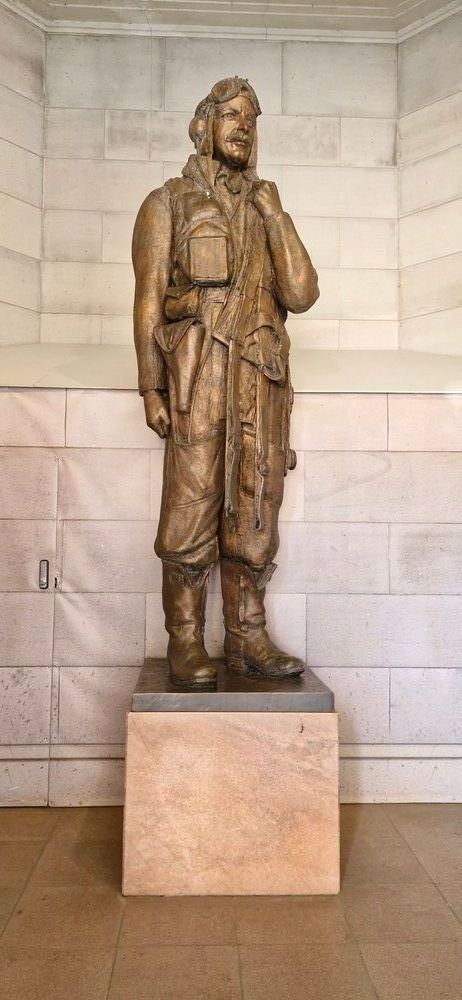



After lunch at Poppies Cafe we continued to Nowra with a stop at famous The Loaded Dog Hotel in Tarago.
Our last day began with a tour of the Fleet Air Arm Museum, located at the entrance to HMAS Albatross, Nowra. It's an impressive collection of around 34 of the Navy’s aircraft, as well as artefacts and artwork, telling the story of Australian Naval Aviation and the development of the Fleet Air Arm. The Bristol Sycamore is the only one on display in Australia and one of very few surviving worldwide. The museum is spotless and well laid out with plenty of information, enriched by our guide who shared stories from his many years in service.
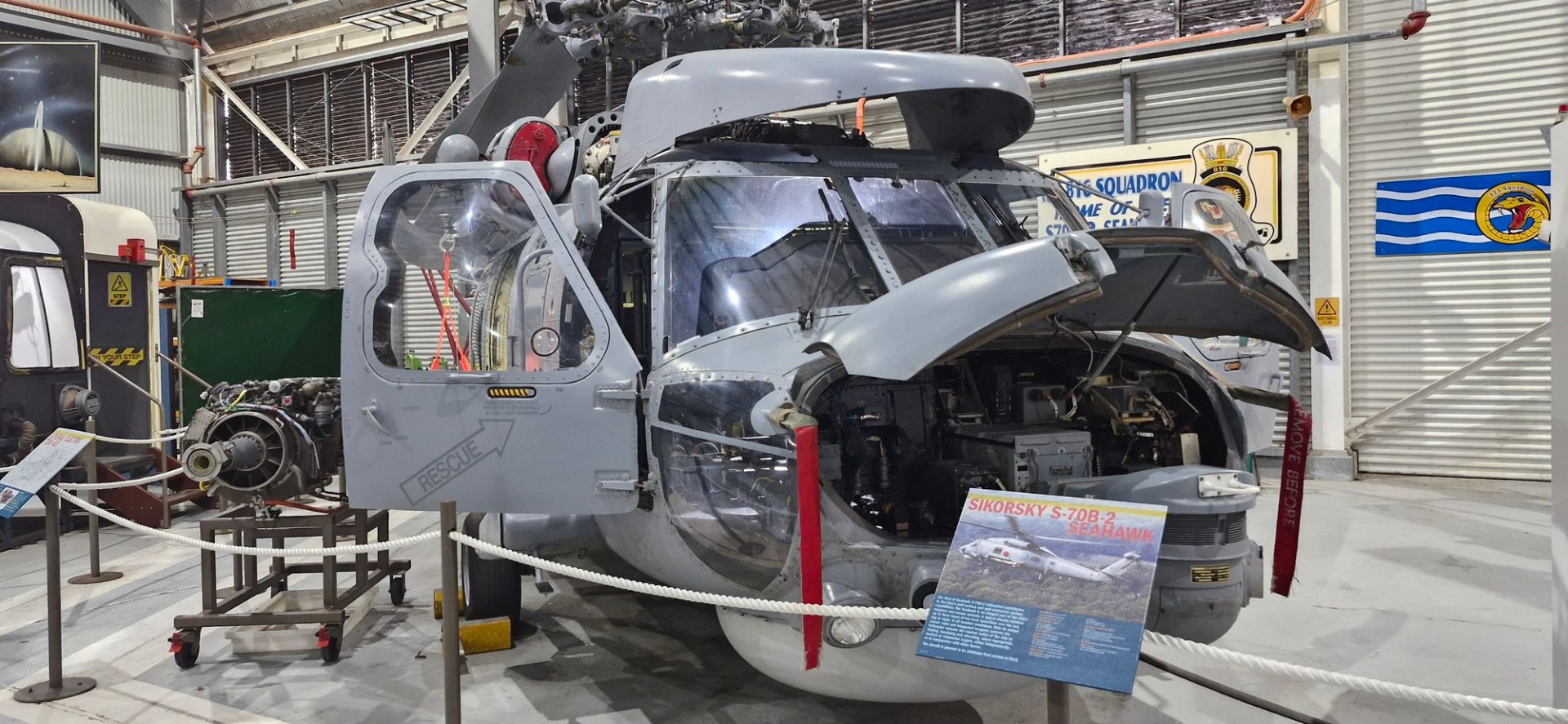
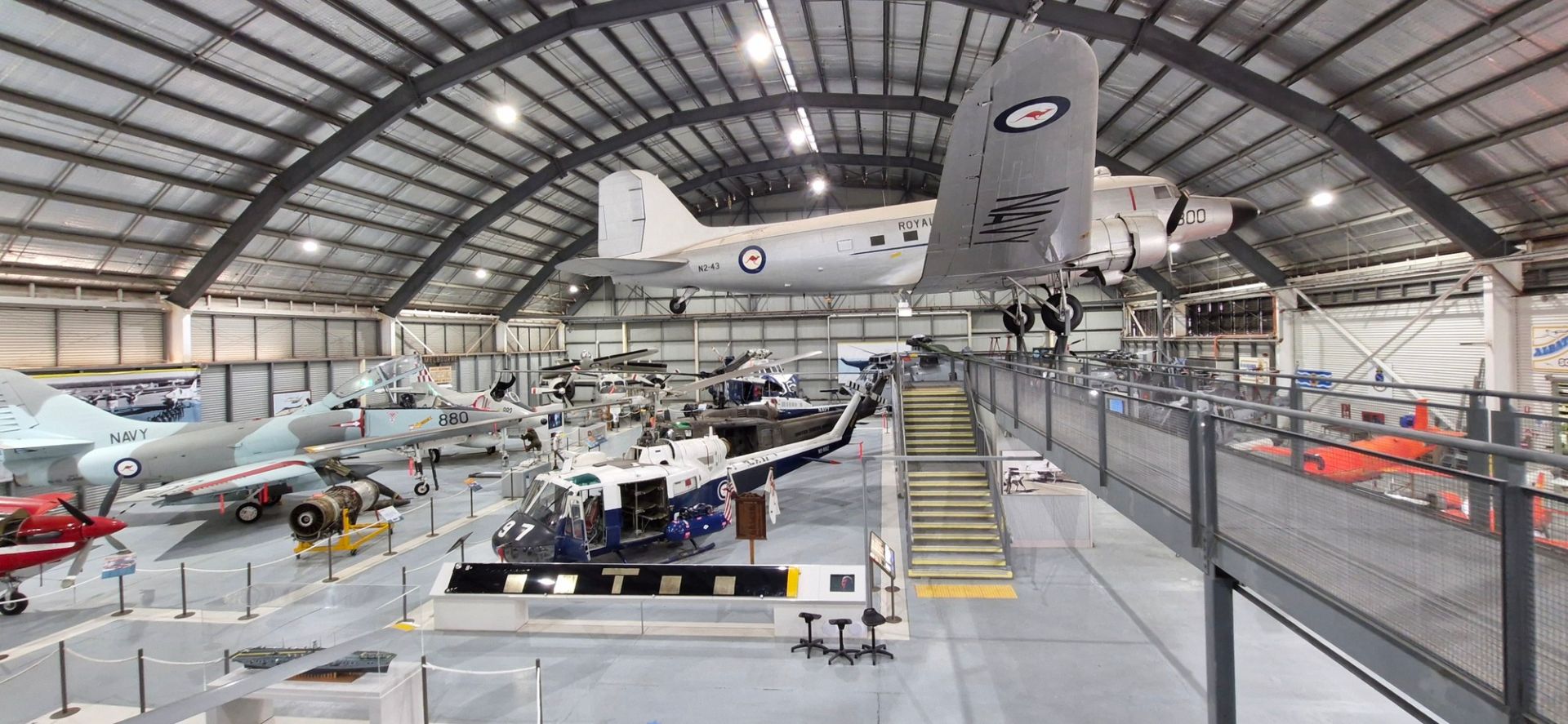


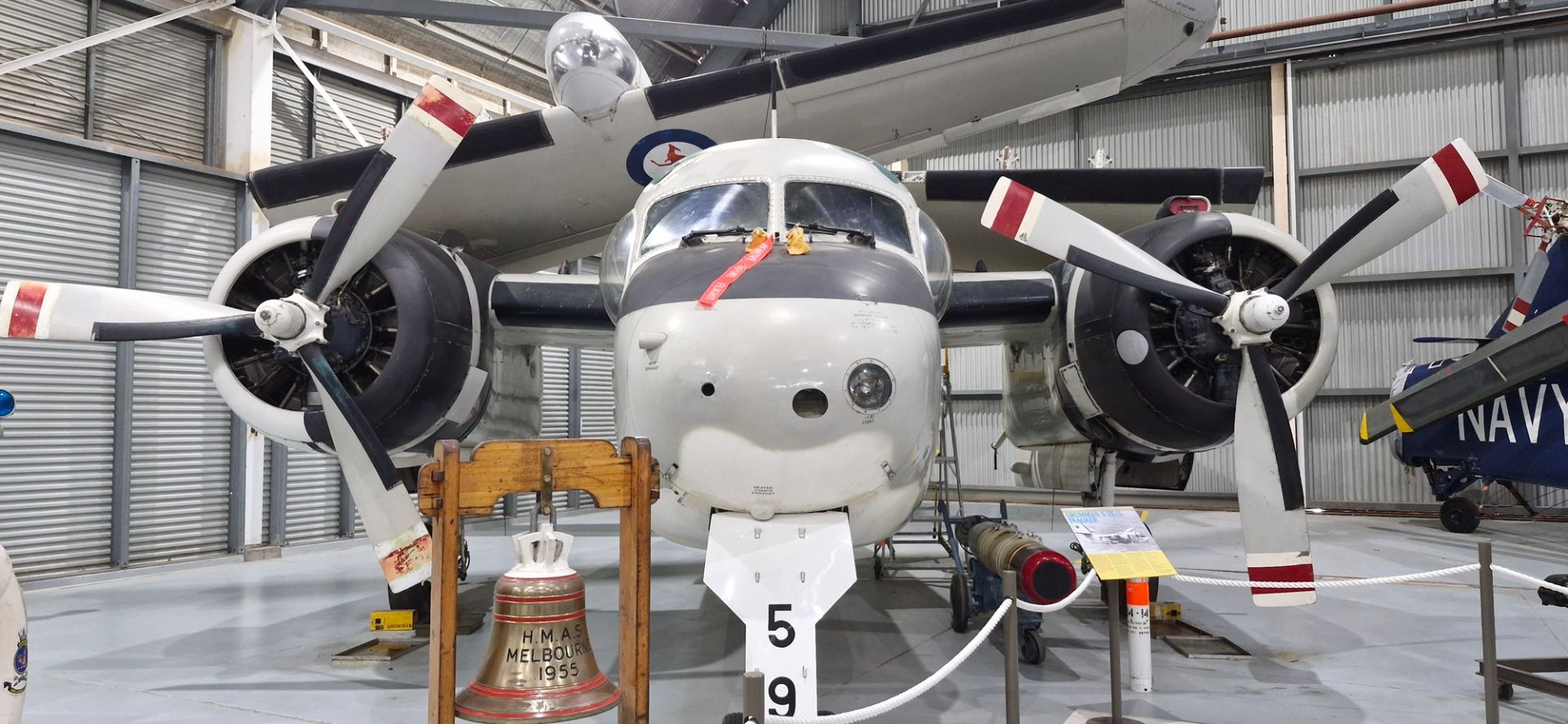
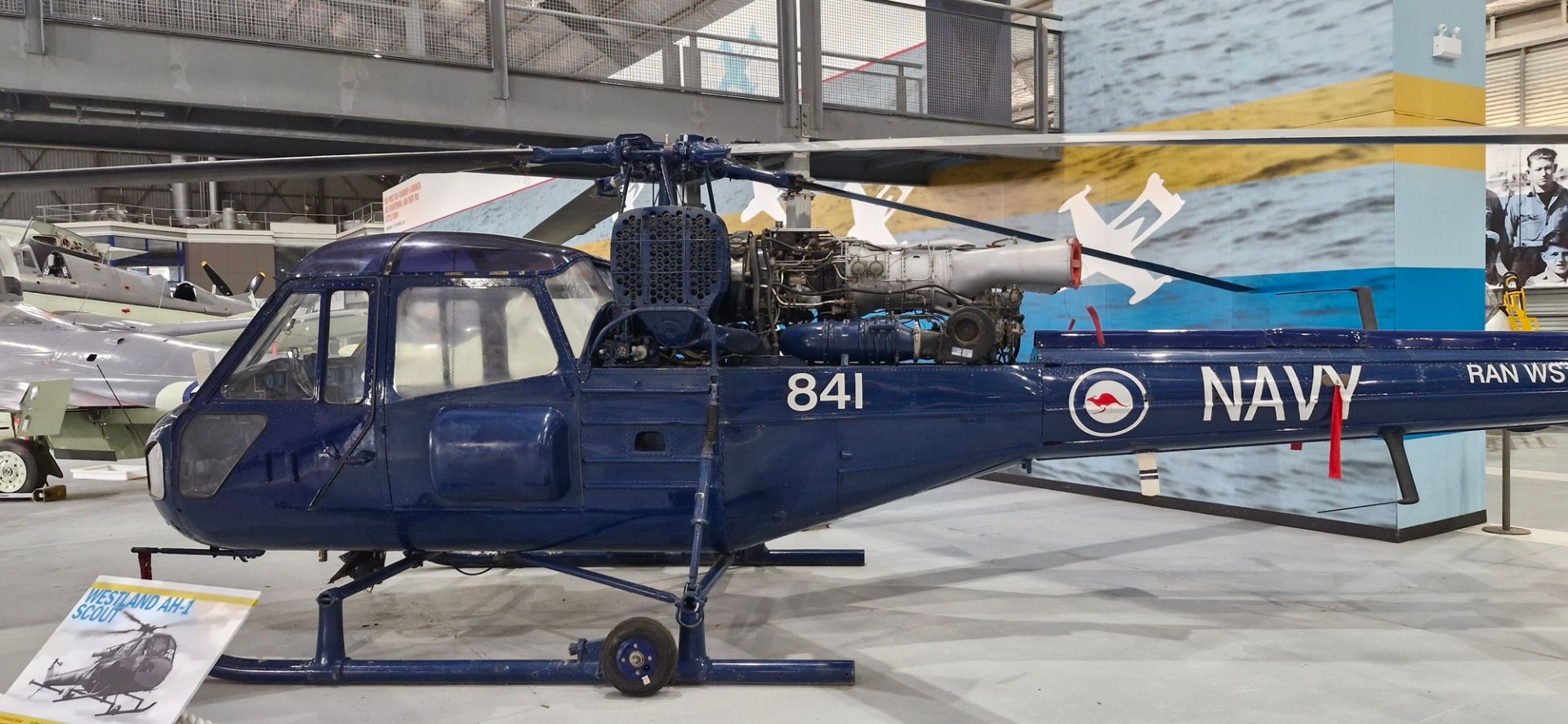
Heading North, we had lunch at the Fishermen’s Club in Geroa, perched up on the hill overlooking 7-mile beach from where Sir Charles Kingsford Smith took off on the first Trans-Tasman commercial flight. Opposite the restaurant there is a monument and a 2D concrete casting of his aircraft the Southern Cross with a view of the beautiful beach that in 1933 was lit by flares and the headlights of locals as they watched this historic event.



After a short break at the Kiama Blowholes, we returned to Sydney for our farewell dinner at La Boca Bar & Grill, an Argentinian BBQ restaurant.
It was lovely sharing the trip with our group of friends, shown here at RAAF Wagga Wagga with two of our guides and the dog. Hope to see you again. Kev & Mel.


Follow our Facebook page to see more pictures as they get loaded here
For comprehensive info about the displays at HARS take a look at their website here
Warbirds Downunder Airshow webiste - watch out for 2026 info here
For RAAF Base Wagga Heritage Centre here
For the Australian War Memorial and their new developments take a look here
Info about the Fleet Air Arm Museum at Nowra can be found here

